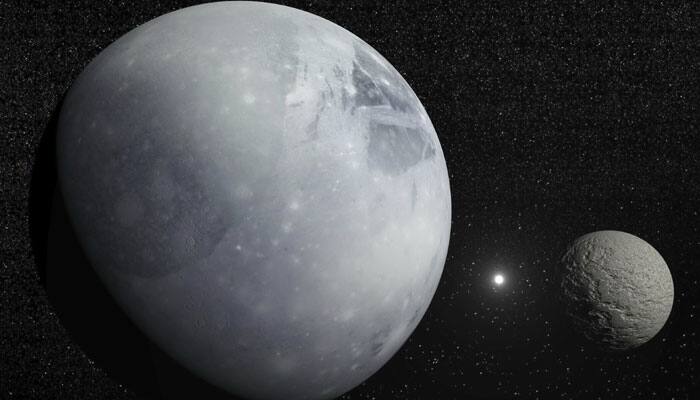New York: The space environment around Pluto and its moons appears to be clean as an instrument riding on NASA's New Horizons spacecraft found only a handful of dust grains, the building blocks of planets, when it whipped by Pluto at 31,000 miles per hour last July, a study says.
Data downloaded and analysed by the New Horizons team indicated the space environment around Pluto and its moons contained only about six dust particles per cubic mile, Fran Bagenal, who leads the New Horizons Particles and Plasma Team.
"The bottom line is that space is mostly empty," said Bagenal, professor at University of Colorado Boulder, said.
"Any debris created when Pluto's moons were captured or created during impacts has long since been removed by planetary processes," Bagenal explained.
Studying the microscopic dust grains can give researchers clues about how the solar system was formed billions of years ago and how it works today, providing information on planets, moons and comets, Bagenal noted.
The findings were published in the journal Science.
Launched in 2006, the New Horizons mission was designed to help planetary scientists better understand the icy world at the edge of our solar system, including Pluto and the Kuiper Belt.
A vast region thought to span more than a billion miles beyond Neptune's orbit, the Kuiper Belt is believed to harbour at least 70,000 objects more than 60 miles in diameter and contain samples of ancient material created during the solar system's violent formation some 4.5 billion years ago.
The dust counter riding on NASA's New Horizons spacecraft was designed by a group of 20 University of Colorado Boulder students.
It is a thin film resting on a honeycombed aluminium structure the size of a cake pan mounted on the spacecraft's exterior.
A small electronic box functions as the instrument's "brain" to assess each individual dust particle that strikes the detector, allowing the students to infer the mass of each particle.
New Horizons is travelling at a mind-blowing 750,000 miles a day. Images from closest approach were taken from roughly 7,700 miles above Pluto's surface. The spacecraft, about the size of a baby grand piano, carries six other instruments.
The next and final target of New Horizons is a 30-mile-in diameter Kuiper Belt object named 2014 MU69, which the spacecraft is expected to pass in January 2019.
















